The content of the article
There is hardly a person who does not know what a runny nose is. But often with improper treatment, a runny nose develops into a more serious problem, such as sinusitis. Sinusitis is an inflammation of the sinuses of the nose. Depending on which sinuses were affected, sinusitis, frontal sinusitis, sphenoiditis and ethmoiditis are divided. During the inflammatory process, the sinuses are filled with a lot of mucus, pus, sometimes with bloody impurities. You can treat sinusitis at home, then only under the supervision of a doctor. That is, after consultation with the ENT specialist, conservative treatment should be started and supplemented with home recipes. But first, let's try to understand the symptoms and causes of this disease.
Causes and Symptoms of Sinusitis
In most cases, sinusitis is a complication after a flu or SARS. If the treatment is incorrect, insufficient (or it is completely absent), increased production of mucus may be accompanied by a bacterial infection. In this case, the snot from transparent turns into green and yellow, becomes thick and viscous, can get an unpleasant odor.
Allergic rhinitis can be another common cause of sinusitis. When an allergen enters the body, the nasal mucosa begins to produce a huge amount of mucus. If an infection gets inside the body at the time of weakening, a runny nose from an allergic one flows smoothly into a bacterial one. In addition, the virus itself may have an allergenic nature. Therefore, many people make erroneous conclusions when they believe that allergic snot can not be yellow or green.
Often, inflammation of various sinuses can occur in a patient who has injuries in the nasal passages, polyps, unusual physiological curvature. Enlarged adenoids and smoking can also cause sinusitis.
But how to recognize a disease and distinguish it from other diseases? Sinusitis is characterized not only by nasal congestion and a constant course of mucus, but also headaches, which intensify with a change in the position of the head. That is, a person leans forward - the pain intensifies. In addition, when you click on the inflamed sinuses, the patient feels a sharp pain. The sense of smell with sinusitis disappears. Sometimes the acute phases of the disease are accompanied by reddening of the skin in those areas where the inflamed sinus is localized.
Lavage against sinusitis
As noted, sinusitis is a fairly serious disease. Since there are vital organs nearby - eyes and ears, the acute course of the disease can lead to impaired hearing and vision. Home treatment for sinusitis is permissible only at the onset of the disease. If all home activities do not bring relief - do not start the disease, consult a doctor. Folk remedies can be used as additional recreational activities. One of the most effective for sinusitis is flushing.
Rinsing can be done in the office at the ENT or at home. The special cuckoo apparatus is a construction with several tubes. First, the patient is instilled with vasoconstrictor drops, which relieve swelling and allow you to prepare the sinuses for the procedure. A person lies on a flat surface, his head throws back 45 degrees. An antiseptic composition is poured into one nostril, and a vacuum tube draws fluid from the second nostril. During the procedure you need to say "Ku-Ku." When pronouncing this syllable, the larynx is located so that purulent discharge does not enter the esophagus.
If there is no way to go to the ENT, you can do the washing at home. To do this, you need to prepare any bactericidal and antiseptic liquid. This can be a decoction of calendula, salt water, mineral water, a solution of furatsilina or those drugs that your doctor prescribed. Warm liquid should be collected in the kettle and stand in front of the sink. Place the nose on one nostril and slowly turn your head to the side so that the trickle begins to pour out from the second nostril. Immediately the procedure may not work, you need to try several times. If this method is not suitable for you, you can simply collect the liquid in the palm of your hand and try to draw it in with one nostril.
For young children, washing is done like this. Normal saline should be pipetted and a few drops dripped into each nostril. After that, the soaked crusts are cleaned out and the medicine prescribed by the doctor is buried. After washing, the effect of medicinal drops is enhanced several times.
How to cure sinusitis with inhalation
Inhaling hot antiseptic vapors is another effective anti-sinusitis medication. It is best to use a nebulizer apparatus for this. A person needs to inhale the concentrated steam generated by the device. If there is no nebulizer at hand, you can just breathe a hot solution over the pelvis. The water in the basin should be moderately hot so that the steam does not burn the skin. You need to cover yourself with a towel or a dense cloth and inhale the vapor through the nose with a full chest.
As a solution, you can use a decoction of potatoes - it contains a lot of starch, in addition, such a decoction cools for longer. You can prepare a decoction of medicinal herbs - chamomile, calendula, sage. This will be effective not only against sinusitis, but also for the treatment of various inflammations in the respiratory system. If you add a drop of Zvezdochka balm into hot water, you can enjoy the opened nasal breathing, since mint fumes perfectly relieve swelling of the mucous membrane. The propolis alcohol tincture has the same property. Chopped onions or garlic are often added to the inhalation solution to make the steam bactericidal.
Is it possible to warm the nose with sinusitis
Many proponents of home treatment ask this question. In fact, warming up can be both beneficial and harmful. You can warm your sinuses at the beginning of the disease, but you should not do this at the height of the disease - when there is a temperature and severe pain. If you have sinusitis, warming up will greatly ease your condition - heat will relieve swelling, pain and reduce inflammation. But with frontitis, warming up can be dangerous - it contributes to the development of the disease and its spread throughout the body. Therefore, warming is allowed to be done only after the permission of the doctor.
The easiest way to warm up the sinuses is with boiled eggs. Hot eggs need to be wrapped in tissue and applied to the inflamed area. In addition, you can use ordinary salt. It retains heat for a long time and warms up tissues well. Heat the salt in a pan, pour into a cloth bag and attach to the inflamed area. White clay has excellent warming properties. It should be kneaded with boiling water so that a warm cake is obtained. It must be applied to the inflamed area and left to cool completely. For warming, you can also use an alcohol compress. After the procedure, it is very important to keep your nose warm - do not go outside for a few more hours.
Folk remedies for sinusitis
There are many recipes for making homemade drops, which are often not inferior to expensive pharmacy medicines, since they have the same pronounced bactericidal properties.
- Kalanchoe, aloe. These plants have powerful antiseptic juice. But squeezing the juice out of the leaves is quite difficult.Clean leaves need to be placed in the freezer, and after a few hours, when they freeze, they can simply be grated in a solid form on a grater. Then you need to squeeze out the mass and get healing juice. Before instillation, it should be diluted in half with water.
- Honey and black radish. In the black radish, you should make a deepening and pour honey inside. Let the vegetable stand, so that the radish gives juice. After 30 minutes, the entire contents should be poured into a small bottle and dripped with this composition into each nostril, 2 drops three times a day. The recipe is not suitable for those who are allergic to honey.
- Garlic, onion. The juice of garlic and onion has special volatile, which kill various viruses and bacteria. Fresh juice should be diluted with water, otherwise it can cause burns to the mucosa.
- Beets, carrots. Juices of these vegetables can also be useful against runny nose and sinusitis. Carrots can be buried in their pure form, and beets must be diluted with water - pure juice is very burning.
- Propolis. A piece of propolis should be put in a small container and pour water. Boil over low heat for about half an hour, and then let the broth cool. If the broth is saturated and strong, it can be instilled into each nostril for 4-5 drops. If the broth turned out weak, it is better to rinse your nose.
- Tincture of calendula. Calendula tincture has a pronounced antiseptic composition. Tincture should be mixed in half with water and dripped into the nose 4-5 times a day. It is an effective remedy for yellow and green snot. However, it has a drawback - the mucous membrane dries up. To get rid of this, you just need to instill sea buckthorn oil in your nose several times a day.
Alternative recipes for the treatment of sinusitis can be very effective. In addition, they are easy to prepare, do not require large financial costs and rarely cause allergies.
If sinusitis is not treated on time, it can lead to complications such as meningitis, purulent otitis media, osteomyelitis, and even purulent inflammation of the eyes. The acute form of sinusitis lasts no more than two months, after which it becomes chronic. In chronic sinusitis, any cold will be accompanied by sinus inflammation. To avoid this, you need to strengthen the immune system and temper, so that the body has the strength to fight various pathogens.
Video: how to treat sinusitis



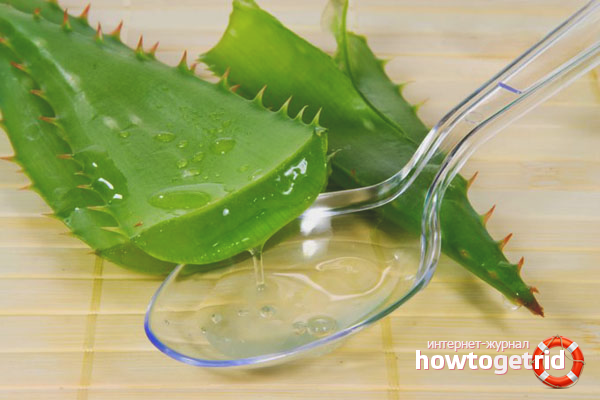

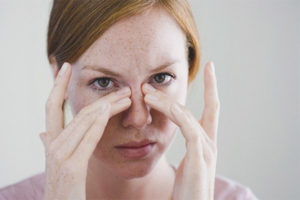

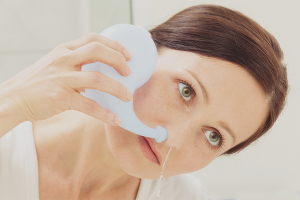
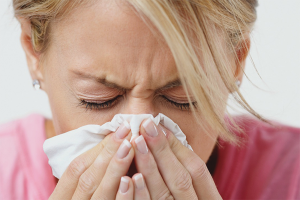
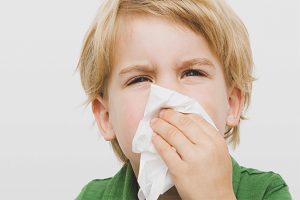
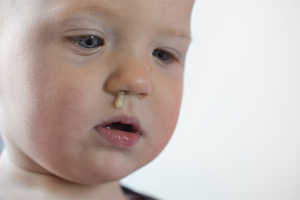

Submit